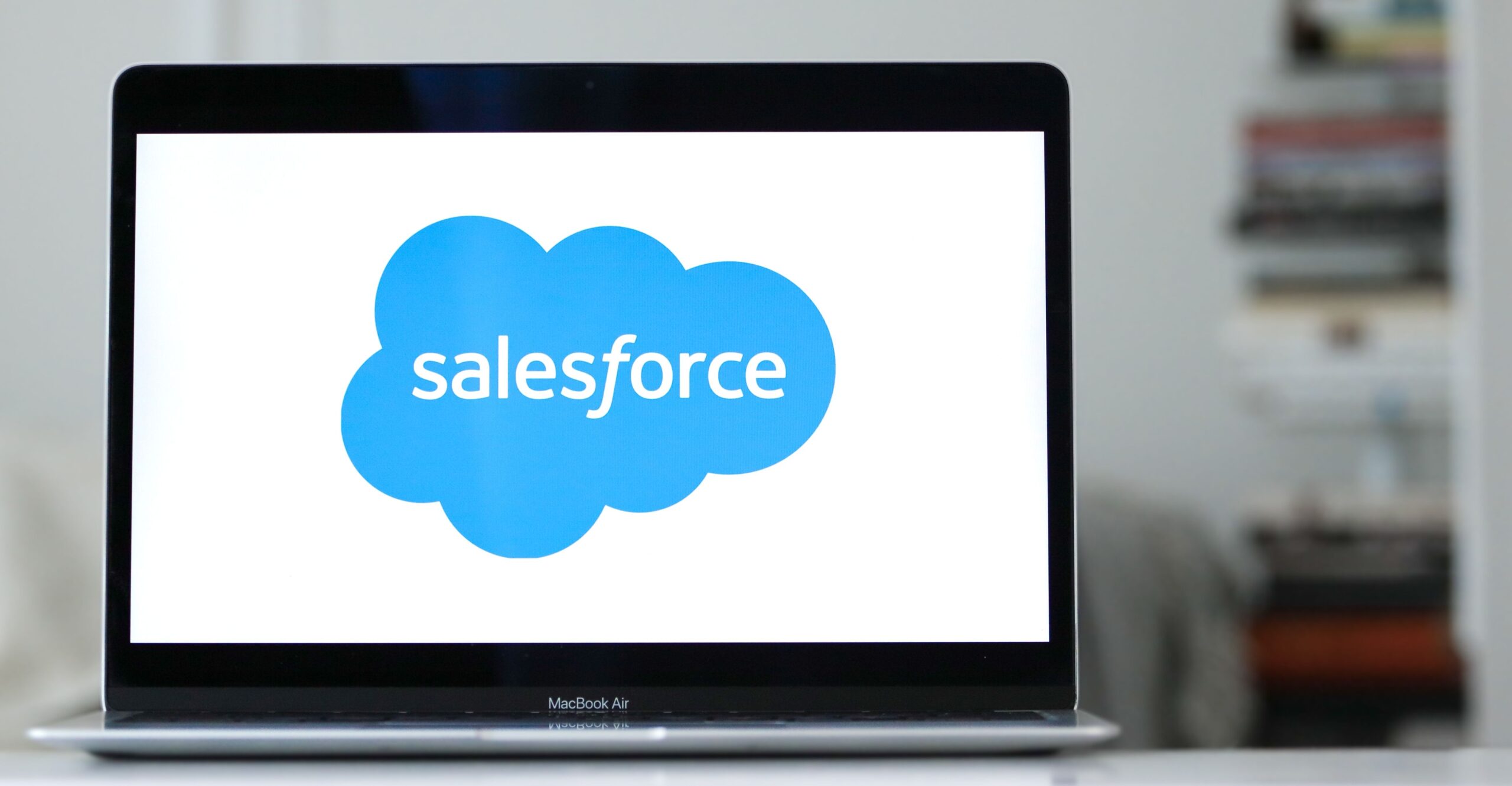2013 seems to be the year that has rattled the mobile OS landscape with the launch of several compelling new mobile operating systems. It almost seemed as though Google’s Android and Apple’s iOS settled into duopoly, but then came a raft of new OS’s to challenge them. Of course, neither of these will be sweating just yet, but I expect some droplets to be forming on a few foreheads.
Here’s a quick rundown on the contenders
Firefox OS — Mozilla
Tizen — Samsung
Ubuntu — Canonical
Sailfish — Jolla
BlackBerry10 — BlackBerry
The new OS’s are all set to take on the market. But the big question is how will they change the market in the face of Apple and Google’s stranglehold? It might seem challenging at first. But the technology segments that these OS’s operate in, I believe, can help break into the combined monopoly of Apple and Google in the smartphone segment.
The first thing to notice here is that these platforms are open-source platforms based on web technologies like HTML5. The web technologies can be leveraged to enable the development of smartphones that function at nearly the same level as some of the high-end options currently in the market but at a much lower cost. This will provide these OS’s with a chance to gain some momentum and market share before eventually launching into the smartphone saturated regions. It also brings freedom and unbounded innovation of the open web to mobile users.
Another aspect that stacks the deck in for these OS’s is the backing of some top 10 mobile manufactures and, network operators. The idea behind this is that the carriers are looking for a viable third mobile operating system to bring more competition into the marketplace. They want a counter-balance so they can have more leverage when it comes to negotiating prices. And these new OS’s seems to be a better opportunity for them to target markets with lower smartphone penetration, and a customer base interested in low-cost handsets.
So which one will succeed?
It is very clear that that the OS with the best selection of software applications available for its users will be most attractive to consumers. One thing is for sure that the industry cannot sustain so many platforms and some will naturally disappear. Still, crazy things can happen in technology. Competition breeds innovation. As long as there is competition there will be continuous push from the leaders to innovate and incorporate new features into their platforms. And in the end, that can only mean one thing — we users will benefit.







